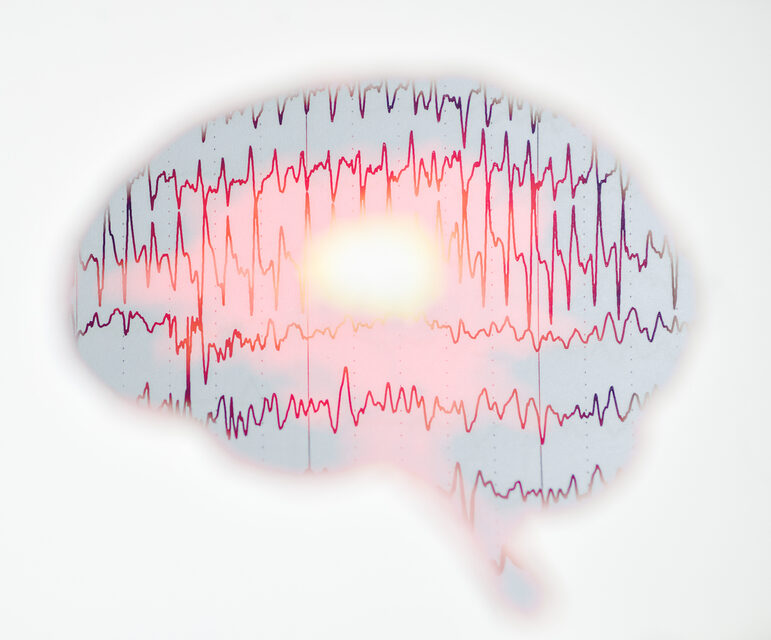
Parkinson’s disease (PD) is the second most common neurodegenerative disorder in the world. While PD is traditionally classified as a motor disorder attributed to the dysfunctions in the subcortical areas in the brain, recent research challenges this classification. Studies of sensory and sensorimotor integration found that it is not only the motor system but the integration of sensory and motor information that is impaired. Sensorimotor integration is a complex process in which rapid integration of sensory information from multiple modalities will give rise to a task-specific motor movement. Synchronous network of brain regions as opposed to a specific area in the brain supports such targeted integration. One highly studied example of sensorimotor integration is speech production. Speech production requires a precise coordination of sensory information with the motor output. Thus, careful investigation of speech production in PD can provide a lens for investigating the poorly understood neural and behavioural processes and the time course of sensorimotor integration deficits as the disease progresses.
Eligibility criteria
- An individual with Parkinson’s disease OR Older healthy adult between the ages of 40-85 years
- Normal to correct-to-normal vision
- Normal to correct-to-normal hearing

